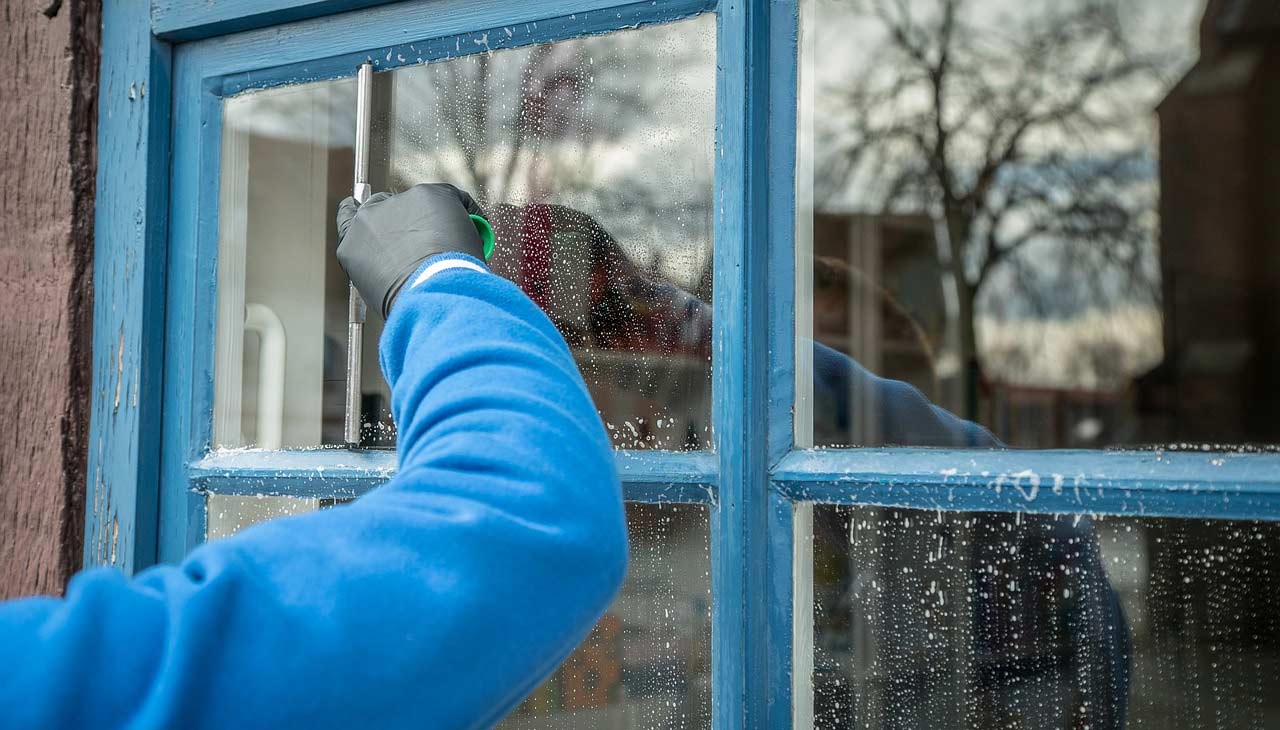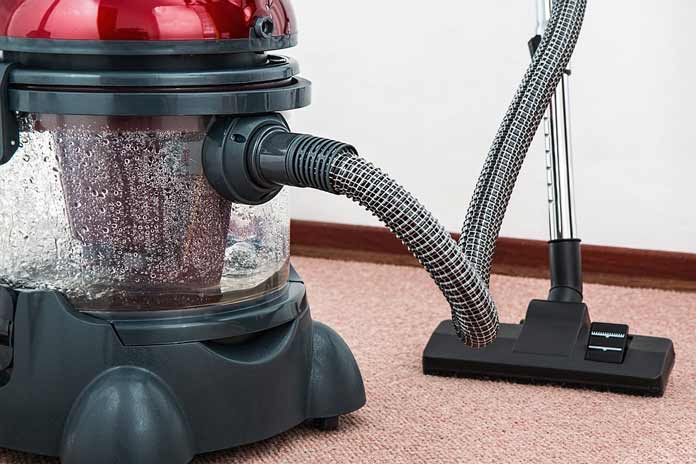When you fall sick, you tend to take a day off, sit at home and take rest. But did you know that your home could actually make you sicker? That you may lack clean air at home?
Studies suggest that indoor air could be up to five times polluted than air outdoors. Now that it is almost winter, the quality of air will start to get even worse. The poor quality of indoor air is one of the main causes of respiratory illnesses like cold, cough, runny nose and asthma attacks.
I remember a few years back someone or the other at my brother’s home used to be sick with a cough or a cold all the time. After repeated visits to the family doctor, he suggested a thorough check at their house for anything that could trigger an allergy. Finally, they were able to find that there was a leak on the top floor that dampened their bedroom ceiling in turn leading to mold formation and peeling of the paint. Once they got it fixed, the incidence of cold and cough reduced drastically.
Often the solution isn’t anything radical, but rather some very effortless changes that you can incorporate in your daily life. So, on that note, here are 14 simple yet effective tips to keep the air at your home clean.
Tips to get clean air at home
1. Take care of ventilation

Poor ventilation can cause cough, allergy, sinus congestion and other discomforts. So, keep the windows of all your rooms open whenever possible to facilitate cross ventilation. Also open the curtains every day to sun sanitize your home. This not only helps reduce the moisture and mold inside your home, but also kills pathogens and vents out other contaminants inside your home.
Installing an electric chimney in the kitchen is especially important as cooking is the major cause of air pollution inside homes. Though LPG is considered as a clean gas, cooking still leads to formation of carbon monoxide and nitrogen dioxide which can have undesired side effects on your health. Even if you use electric stove, ultra-fine particles are produced by volatilizing dust which can be a lung irritant.
You could also install exhaust fans in the bathrooms so that the excess moisture and steam from the warm bath is eliminated to contain mildew and mold.
2. Avoid Candles

Studies suggest that fumes from burning regular candles are found to be as bad as cigarette smoke. It even contains carcinogenic chemicals. So, avoid using candles.
Or else, switch to beeswax candles. These candles release negative ions while burning. This anion combines with dust, pollen and other pollutants that usually have a positive charge and falls down on to the ground. The black dust you might see around the area where the beeswax candles are lit are as a result of this.
Air purifiers with ionizers in fact use this same principle to clean air better. But most air purifiers emit ozone—a lung irritant in the process, while beeswax candles don’t.
Take care to buy candles made of 100% beeswax—which could be a bit heavy on your pocket. Many of the beeswax candles sold in the market have just around 50% beeswax and the rest is the ingredients is usually paraffin wax.
3. Use Activated Charcoal Pouches
Keeping pouches of activated charcoal powder helps naturally absorb moisture, mold, mildew and removes odour, allergens and other pollutants in the air. Being chemical free, you don’t have to worry about it being harmful for your pets or small kids, and with minimal maintenance, a bag of activated charcoal will easily last for up to 2 years.
4. Houseplants
Indoor plants help purify air by releasing oxygen and removing ammonia, benzene, formaldehydes and other VOCs (Volatile organic compounds). As per NASA research, the best household plants for purifying air are Garden Mum, Spider Plant, Dracaena, Weeping Fig, Peace Lilly, Boston Fern, Snake Plant, Bamboo Palm and Aloe Vera.
5. Say Yes To Door Mats and No To Carpets
Your shoes are carriers of all types of contaminants and pathogens. Having a door mat helps keep those contaminants out of your home. This is in fact one of the reasons why traditionally people remove their footwear while entering the house
Carpets on the other hand harbors dust, pollants, allergens, bacteria and other pollutants. Sometimes you would have observed a plastic kind of smell on new carpets—this is a sign that the carpet is emitting VOCs. For all these reasons, it is best to simply avoid carpets and go for other options like tiles, marbles, granite or wood.
6. No Dry Dusting

From time immemorial, we are used to seeing our moms dusting the furniture and showcase. But as you can obviously guess, dusting is just making all those particles air borne and not necessarily eliminating the dust from the home. So, next time rather than dry dusting, wipe the dusty surface with a damp cloth or use a vacuum cleaner.
7. Avoid Chemical Based Cleaning Liquids
The regular household cleaners you use at home emit chemical fumes that are harmful to your health. That is why, it is always a good idea to opt for less harmful ingredients like baking soda, vinegar, castile soap, hydrogen peroxide and lemons. You could also use essentials oils instead of chemical based room fresheners.
8. Service Cooling & Heating Appliances Regularly

Just take a look at your fan in your room. Quite possibly, it will be covered in a layer of grim dust. Every time you switch on the fan, this dust is also circulated all over your room. Your AC filter and kitchen chimney are no different.
When it comes to gas stoves, ensure that the flame tip is blue and not yellow. Yellow flame means burner is not getting enough oxygen. In such a situation, you may have to clean the burner thoroughly.
9. Use Non-Aerosol Personal Care Products
The spray-on hair products and deodorants contains phthalates, butane, propane and other chemicals that can cause various health hazards and trigger asthma attacks. Not to mention, these products have a negative impact on the environment too.
10. Stop Idle Running Cars in Your Garage
It’s a no-brainer that car fumes contain harmful pollutants that you would never want inside your home. That is why it is better to keep the windows open to cool your car before a drive rather than keeping the car running idly with AC on.
11. Dry Clothes Outside
Drying clothes inside the home increases humidity and moisture leading to the growth of mold and fungal spores. So, dry your clothes outside whenever possible or at least keep the windows open when you dry clothes and even while cooking and running a dish washer.
12. Avoid Using Chemical Based Fertilizers for Your Garden
Chemical based fertilizers volatize to form ammonium nitrate and other hazardous gases which causes short-term as well as long-term side effects. So, opt for organic fertilizers. They do cost more, but not more than the treatment for other grave health conditions.
13. Keep Dust Mites Away
According to EPA and American Lung Association, dust mites are a leading cause of indoor air pollution. The dust mites are invisible to naked eye and live off on the flakes of skin we shed. Its faecal matter and decomposing bodies contains a particular protein that can trigger allergic reactions, pollute air and cause respiratory problems even for people who are not allergic to dust.
To keep dust mites under control, maintain the room’s humidity below 50% and use hypoallergenic pillow and encasing. Washing the beddings in hot water every week is also helpful in keeping dust mites away.
14. No Smoking

Finally, the most obvious of all causes – cigarette smoking. Ensure that none of the family members or guests to your home smokes cigarette inside the home or in the balcony or foyer.
A happy home is where all its members are hale and hearty. So, to that end, let us all follow these little steps for clean, pure air.
Do let us know in the comments if you have any more tips to share.








